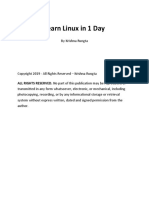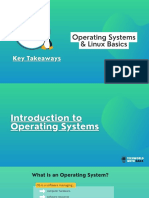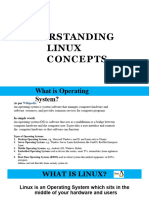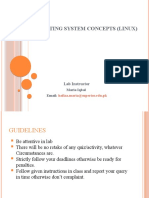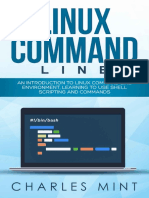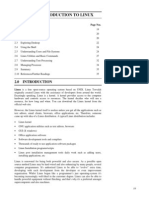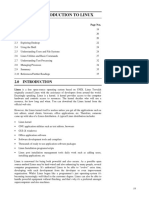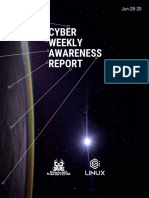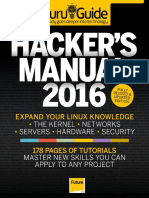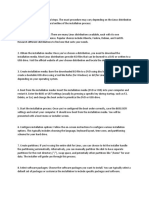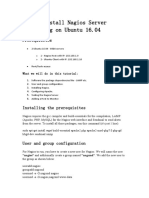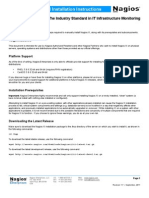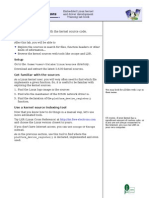0% found this document useful (0 votes)
16 views24 pagesLinux Session1
The document outlines the agenda for a Linux and Shell Scripting session, covering topics such as the basics of Linux, open-source software, file systems, and virtualization. It emphasizes the importance of learning strategies, including deconstructing skills and practicing effectively. Additionally, it compares Linux and Windows operating systems, highlighting their differences in price, reliability, and security.
Uploaded by
robert.olingaCopyright
© © All Rights Reserved
We take content rights seriously. If you suspect this is your content, claim it here.
Available Formats
Download as PDF, TXT or read online on Scribd
0% found this document useful (0 votes)
16 views24 pagesLinux Session1
The document outlines the agenda for a Linux and Shell Scripting session, covering topics such as the basics of Linux, open-source software, file systems, and virtualization. It emphasizes the importance of learning strategies, including deconstructing skills and practicing effectively. Additionally, it compares Linux and Windows operating systems, highlighting their differences in price, reliability, and security.
Uploaded by
robert.olingaCopyright
© © All Rights Reserved
We take content rights seriously. If you suspect this is your content, claim it here.
Available Formats
Download as PDF, TXT or read online on Scribd
/ 24








